My last two columns came about as a result of some recent developments related to the ASTM Standards Subcommittee meetings in May. I intended to start this discussion based on a couple of articles I read via my LinkedIn online discussion groups. Instead, I decided to write about some ongoing discussions related to terminology being historically thrown around in our discussion groups.
Recently terms such as risk and hazard started a lively dialog, not just at ASTM, but within other Standards Organizations around the world. On October 22, 2013, there will be a meeting sponsored by TUV Austria to discuss the EN 1177 surfacing standard and the compliance thresholds for impact attenuation as they relate to current research and standards scope. Immediately after this meeting the International Standards Organization Technical Committee 83 (ISO TC 83) will be holding their meeting to discuss many of the terms I spoke of in my last column.
I want to start with the premise that nobody wishes to minimize the importance of play, risk, and challenge in a child’s routine development. Likewise nobody wishes to minimize the importance of rigorous safety inspections, maintenance, and repair to keep our children from serious harm and our public play spaces in good condition. What I have learned over the past many years is we all have similar goals. I see that the participants in this discussion have more in common than things on which we disagree. It is the varied personal experiences and knowledge everyone involved adds to the discussion that clouds the waters.
The diverse group of participants currently involved in these online discussion groups cannot seem to narrow the dialog to what is the most important versus what is of concern but not just as important to the mission at hand. Everyone involved thus far continue to raise valid points. So the question remains,” How do we narrow the focus of the discussion, or scope of the current standards, to what is of most concern?” I do not have the answer today, but I intend on being a regular participant in these discussions.
The language and essence of play and the terminology used throughout the world to articulate one another’s standards and guidelines are becoming more and more important as we try and make sure we act responsibly and make sure our intentions are universally understood. One fact that affects all of us in North America is the reality of the impact enforcement and regulatory authority government organizations, like the US CPSC and Health Canada, have on anyone who owns, designs, manufactures, sells, installs, inspects, repairs, and maintains a public playground. This does not appear to be the case in the United Kingdom and will be a topic for some future article.
Last month I shared some terminology and definitions for your consideration as we move the discussion forward. I defined RISK as a foreseen occurrence that combines the probability of occurrence of harm and the severity of that harm as perceived by the INTENDED USER. Remember we are talking about children in the context of the user. I defined HAZARD as an UNFORESEEN SAFETY CONCERN that when identified and analyzed with a RISK ASSESSMENT PROCESS (based on a RISK ANALYSIS and RISK EVALUATION) is seen by a consensus of all stakeholders to exceed the level of TOLERABLE RISK during REASONABLE FORESEEABLE MISUSE by the INTENDED USER likely to result in a high probability of HARM defined as a LEVEL OF INJURY unacceptable to societal norms. Assuming you agree with these definitions we must begin to ask ourselves how we do a better job of providing risky play in a reasonable responsible fashion.
So let’s look ahead to the future and design of your next new playground.
I want to thank Chad Kennedy, Landscape Architect, ASLA, with O’Dell Engineering of Modesto, California for permission to reprint excerpts from two articles as published in his monthly LAND Connections online publication: June 2010, Playground Safety - What’s the Big Deal and July 2012, Inclusive Play Community Series: Risky Play. Each contained useful information pertinent to the ongoing discussion of how to responsibly create more play value, risk, and challenge for all children. Mr. Kennedy provides good information to consider as we strive to improve the quality and developmental benefits of tomorrow’s play spaces and experiences.
Mr. Kennedy described a personal account when as a child he experienced risk and challenge. The story captured the essence of this discussion. He wrote, “After climbing through a weathered window and up onto the ledge of a wooden A-frame play structure in the backyard, I took a moment to adjusted my ingenious (but highly ineffective) grocery bag parachute snuggly against my shoulders. The mere 7' drop was no different to my eight year old mind and eyes than that of a fifty foot drop. Noticeably cautious, a few encouraging shouts from below were necessary to help build sufficient courage to make the leap. The plastic grocery bag flapped loudly as the ground approached...much more rapidly than expected! After all, the parachute should have slowed me down right? I lived to tell the tale and vividly remember making that leap many more times. Unbeknownst to me at the time, these types of risks, and others, during my play time as a youth were the ultimate training for risk management as an adult. Modern research has revealed this to be the case in most situations along with many other benefits that risky play has on ALL children's development. Risky play is universal and observed in all demographics of children filling an innate developmental need not met any other way. The essence of risky play is a child's attempt to manage perceived danger in an environment with the reward of excitement, achievement and exhilaration.“
This is our challenge: How do we succeed in providing excitement, exhilaration, and opportunities for personal achievement reasonably without reverting to the unacceptable option of dumbing down public play areas and blaming it on safety standards and the fear of liability?
The Benefits of Risky Play
Risk in the playground is essential for children's growth, creating challenges which allow children opportunities to succeed and/or fail based on individual reasoning and choices helping them to learn risk management. Hazards, on the other hand, are items or situations that a child is not expected to comprehend, see, or foresee. Risky play is beneficial to children's development by helping them cope with stressful situations, learn how to follow through, improve social interaction skills, increase creativity, learn about human mortality, assist in understanding their limitations, recognize areas for improvement, and help form positive, proactive attitudes.
Risky Play from the Child's Perspective
It is common to see risky play occur in scenarios where the children's skills exceed the opportunities afforded to them in the play space.
- Fear: Much of a child's time during play is spent managing the emotion of fear. This emotion can be recognized primarily by the avoidance of or retreat from an activity. Still, other expressions of fear can be observed when a child acts defiantly, freezes in place, becomes defensive or timid, or solicits help from an adult.
Sandsetter, Ellen Beate Hansen (2009): "Children's Expressions of Exhilaration and Fear in Risky Play", Contemporary issues in Early Childhood, Volume 10:2, 92-106. This is a normal, healthy emotion that all children experience at some level and should learn to manage while they are young. - Exhilaration: Exhilaration is the reward the child feels after having accomplished a risky feat that they may have been unsure about in the beginning. Children's experiences during risky play border on euphoria; hence they will tend to engage in the same action repetitively to re-experience the original pleasure and excitement.
Sandsetter, Ellen Beate Hansen (2009): "Characteristics of Risky Play". Journal of Adventure Education & Outdoor Learning. 9:1, 3-21. This emotion is commonly expressed through laughing, smiling, screaming, yelling, dancing, and engaging in vestibular-oriented play.Sandsetter, Ellen Beate Hansen (2009): "Children's Expressions of Exhilaration and Fear in Risky Play", Contemporary issues in Early Childhood, Volume 10:2, 92-106. - Borderline Fear: Often during play, children will feel out of control or be involved in an unpredictable situation and will tend to be unsure, maybe even confused of the emotions they are feeling. Are they scared or exhilarated...or both?
Sandsetter, Ellen Beate Hansen (2009): "Children's Expressions of Exhilaration and Fear in Risky Play", Contemporary issues in Early Childhood, Volume 10:2, 92-106. It is during these times that children may quickly experience fear followed by exhilaration and vice versa as noticeable when a child suddenly stalls or becomes hesitant during play.
Categories of Risky Play
Through interviews and studies of several children's programs in Norway, risky play has been categorized (by the risk involved) into six main types of risk.
- Great Heights - Climbing, jumping, balancing, hanging
- High Speed - Swinging, sliding, running, bikes, skating
- Dangerous Tools - Cutting, poking, whipping, sawing, lashing, tying
- Dangerous Elements - Elevation change, water, fire
- Mock-Aggression - Wrestling, fencing, play fighting, rough and tumble play
- Disappearing / Getting Lost - Exploring unknown environments
The research is quite clear on the benefits of risky play. The task we face as a society now is to determine how to avoid over-sanitation of play environments, minimize regulations, and give children space to explore and experience while providing safe recreation free of hazards that could result in serious injury or death. The generations before us understood that accidents happen and that it wasn't always a bad thing. My fearless leaps from rooftops, ledges, and trees (with and without homemade parachutes) didn't always end well.
I think we have all had our share of bumps, bruises, and even broken arms. These experiences, or close calls, prepare us for life, whatever it may bring us during our early development, and continue to serve us well into adulthood and as parents and grandparents.
Designers must act responsibly and be reasonable in designing play spaces for children of all abilities. What may be routine for one may present a challenge beyond their ability. This can result in unforeseen consequences for those not yet ready to understand the risk and the harm that might result from their personal decision to give it a go. This is when reasonable choices by designers and owners become the main topic of discussion.
Below are listed some common hazards found within the play environments that should be assessed and addressed:
- Improper surfacing impact attenuation and use zones
- Entanglement and protrusion (impalement) type hazards
- Head and neck entrapment in completely and partially bound openings
- Crush and shearing points
- Sharp points, corners, and edges
- Suspended overhead and other impact hazards
- Toxic substances
- Improper age appropriateness of the equipment and layout of equipment
- Tripping hazards
- Lack of or improper information and warning signs
Playground accidents will happen regardless of any attempt made to eliminate danger in the playground environment. Playground safety measures are not designed to limit play activities, and creativity, or to eliminate risk. A thorough assessment of your public play areas by a trained and experienced CPSI can identify known hazards and other significant safety concerns that, if addressed, can minimize the potential for serious injuries.
In the future, I hope to begin a discussion on what is a serious injury. This definition has a significant impact on everything we are talking about. Society as a whole will and should impact the scope of injuries we should try to address; however, there are currently only a few involved in determining what is or is not acceptable when it comes to the unreasonable actions of some children and adults.






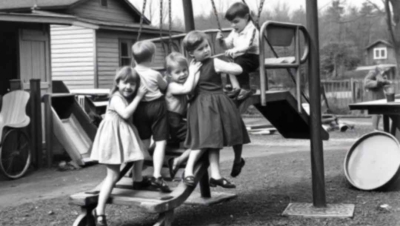




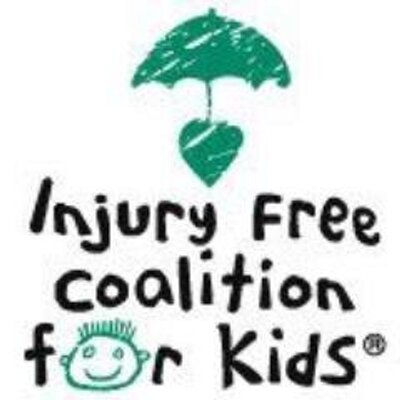
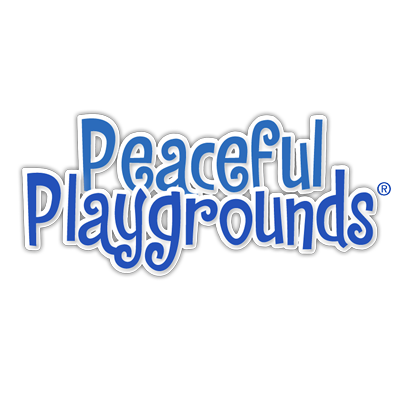



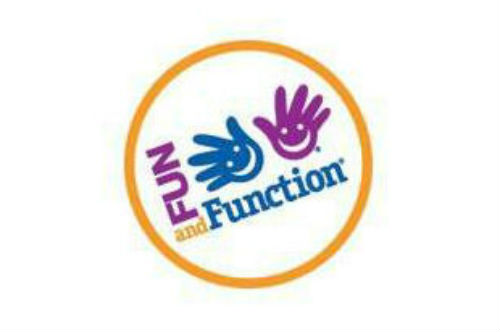




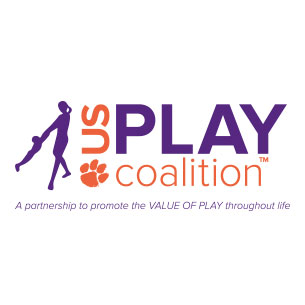
Risky play
very interesting
Add new comment